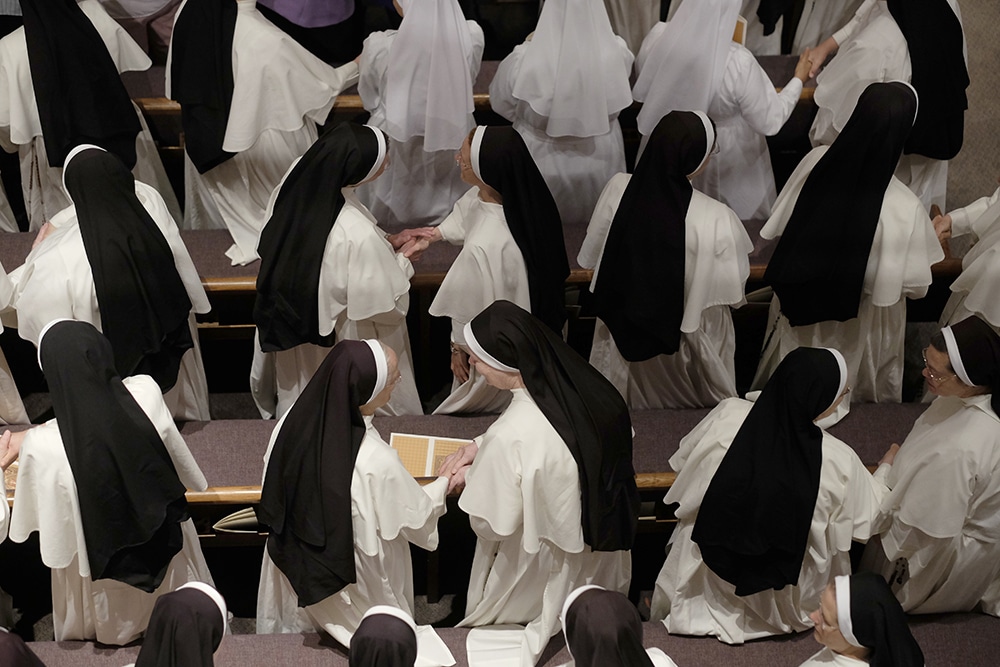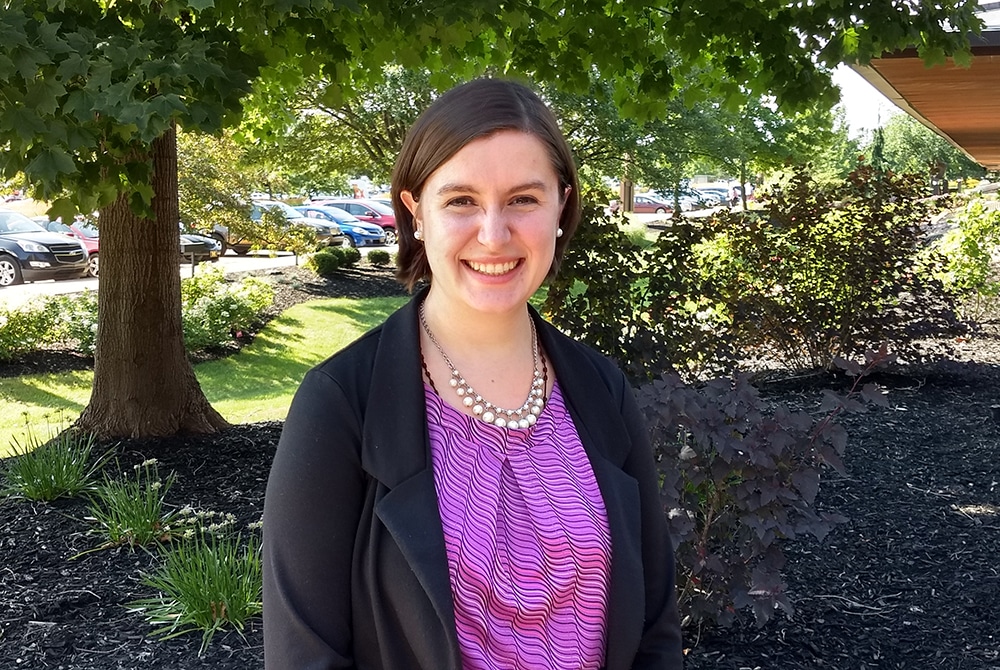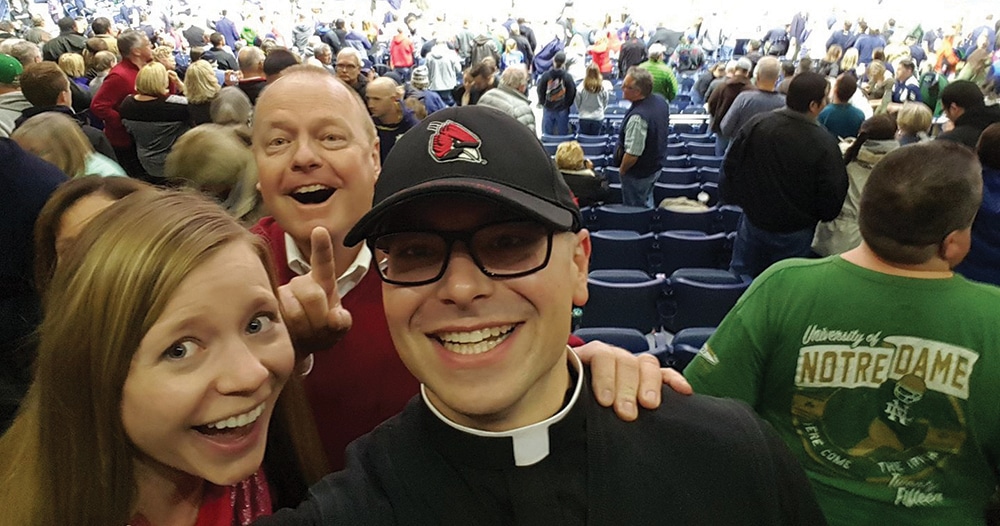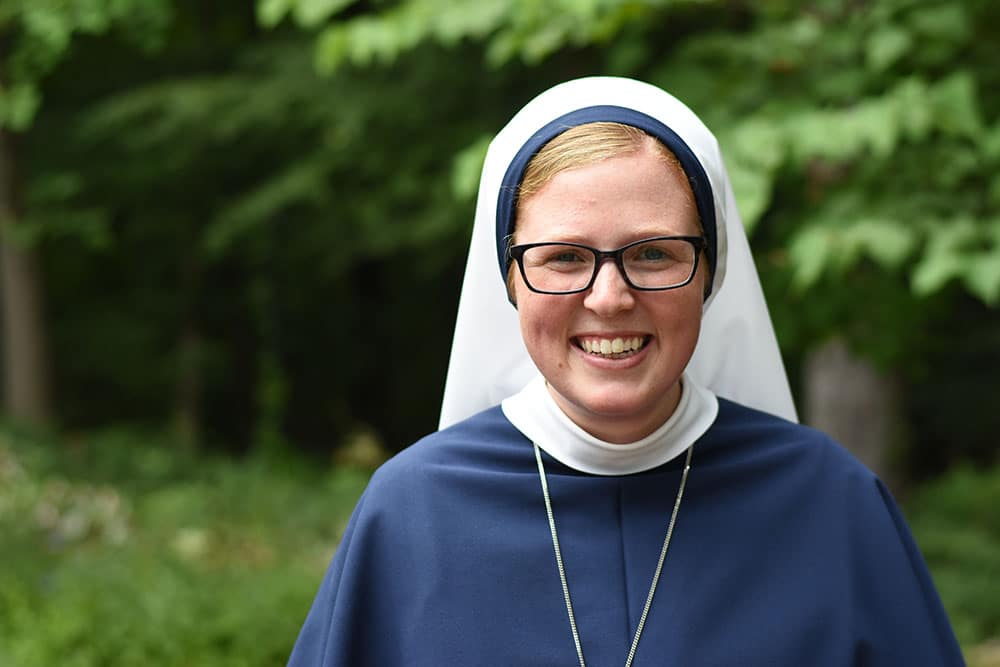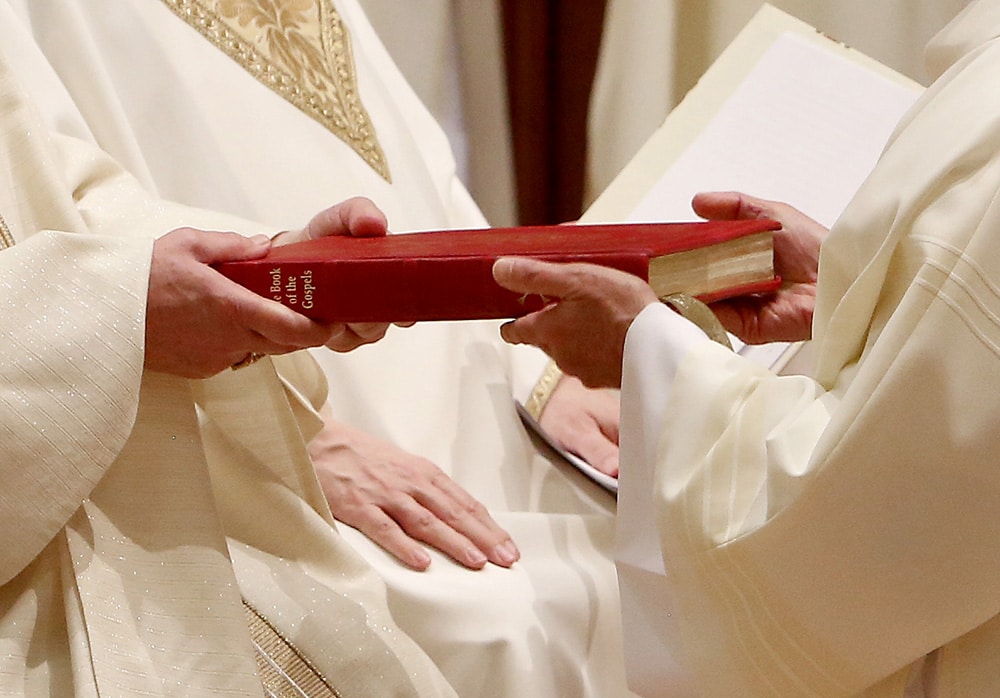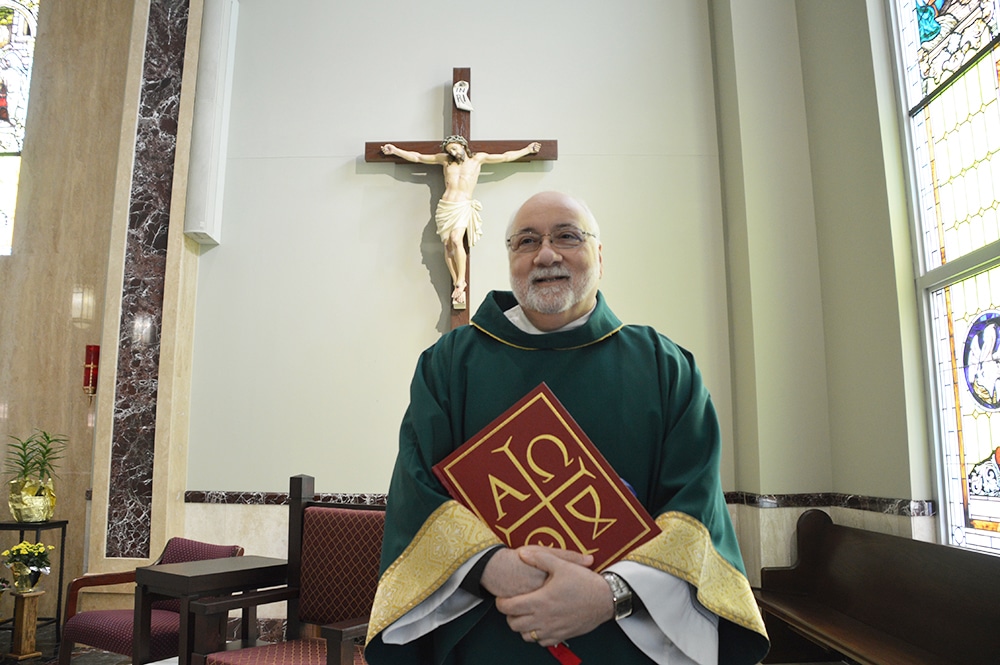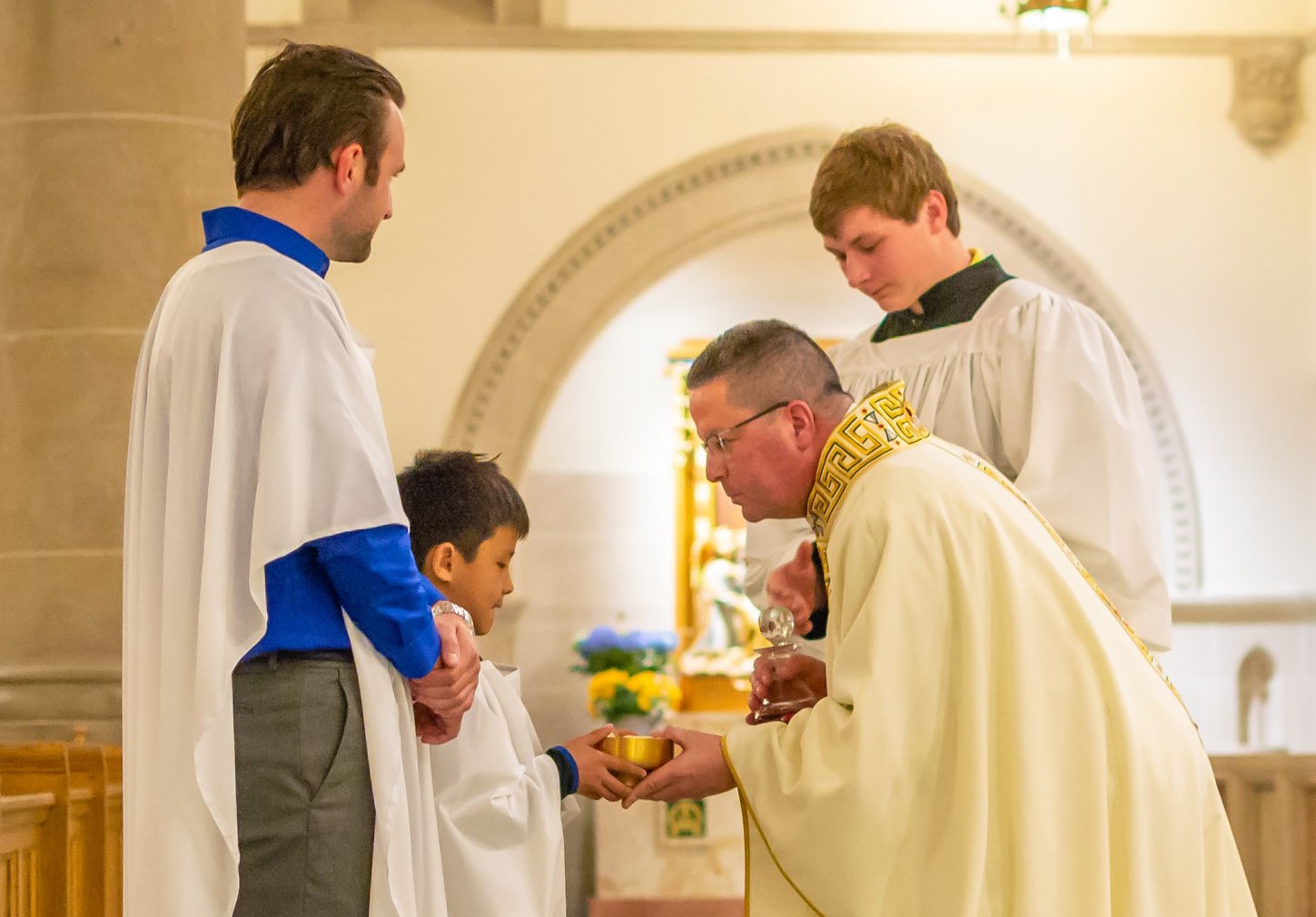Sister Mary Bendyna, a member of the Dominican Sisters of St. Cecilia in Nashville, Tennessee, for years has been studying religious life in the United States.
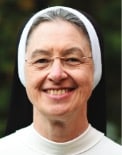
Sister Mary is the former executive director and senior research associate at the Center for Applied Research in the Apostolate at Georgetown University. Since 2012, she has also conducted an annual survey of religious communities affiliated with the Council of Major Superiors of Women Religious (CMSWR), which is comprised of the major superiors and vicars of 120 communities of women religious — approximately 6,000 sisters — in the United States.
In an interview with Our Sunday Visitor, Sister Mary discussed the trends pertaining to vocations in women’s religious life and what draws women who are discerning to certain religious communities.
Our Sunday Visitor: When talking about women’s vocations to the religious life, what does the general picture look like in the United States?
Sister Mary Bendyna: It’s not what it was 40 to 50 years ago, when there were large numbers of women entering most communities. The overall number of women in religious life has diminished over the last 50 years. But in the midst of that, there are communities that are receiving vocations. Among the CMSWR communities, there are communities that are receiving considerable numbers of vocations, relatively speaking.
OSV: How are vocations in the CMSWR communities?
Sister Mary: Pretty consistently, the numbers of women in initial formation have stayed pretty steady. It’s been about 900 women each year who are somewhere in the initial formation process. That’s not insignificant. There are some communities, even within CMSWR, that are not receiving vocations, but there are a few that are receiving a significant number each year, including the community I’m in. There are others that might receive one or two a year, or might receive a few every few years. That varies among the CMSWR communities.
OSV: Why do some religious communities see more vocations than others?
Sister Mary: Based on a study [with] CARA I did a decade ago and from what I’ve seen in CMSWR communities, those (women) who are coming are looking for a more traditional form of religious life, where there’s common prayer, where the sisters work together, live together, pray together in common, share meals and do recreation together, as opposed to communities where it’s more individualized.
With some of the communities that have grown, I also think the fact that there are younger sisters attracts more vocations. If one were going to a community where that’s not the case, where the next youngest sister might be 30 or 40 years older than her, that’s a little bit more of a challenge. I think there’s an attraction to those communities that are young, vibrant and active.
OSV: What are some other reasons for why someone might choose to join a specific religious community?
Sister Mary: Sometimes it has to do with the mission or the apostolate of the community. Some communities’ primary apostolate is caring for the elderly where they have nursing homes or assisted care facilities. For some communities, it’s education. For others, it’s health care. Sometimes that’s a factor for why someone would choose a particular community. But more often than not, I think it’s the lifestyle of a community. Living in community, sharing everyday life with the sisters, that kind of thing.
OSV: Do women discerning religious life seek out nearby communities, or are they casting a wider net in the internet age?
Sister Mary: Where women are going is different than what it used to be. It used to be that communities were more localized. Women tended to enter the communities that were nearby. That’s not the case anymore. People come to Nashville from all over the country and now all over the world, not necessarily to a community that may have a motherhouse within their own city. To use my community as an example, in the early years, most of the sisters came from Tennessee or nearby states. Now they’re coming from all over the United States and literally all over the world. Part of it is social media, the internet and the extent of communications. All over the world, you can go online and find out about any community. That wouldn’t have been the case 20 or 30 years ago.
OSV: Does the fact that religious life is countercultural also make it attractive to some?
Sister Mary: I think it’s always been a factor. In some sense, living a life where one professes vows, to live [in] poverty, chastity and obedience, is countercultural in any age, probably more so in our age. It’s going against the norms of our culture, where it’s about success, possessions and other things that are part of our world today.
OSV: Are there any factors that draw women to religious life in the 21st century?
Sister Mary: I think fundamentally, it’s still a call from God. It’s a sense of being called by God, within a particular community. They have a desire to give their lives completely to God, to draw closer, to give their lives to the Lord. And we have all kinds of opportunities for young women to come and see the life, to be on a vocation retreat, to spend some time with the sisters in prayer, in meals, in having fun together, and to help them discern whether or not this is what they are called to.
OSV: What does that discernment look like?
Sister Mary: There is usually some period before they actually enter the community, where they’re visiting the community, getting to know the sisters and having some experience of that community. They’re usually meeting with a vocation director to talk about all the questions surrounding whether or not one has a call to religious life, and particularly to that community.
The formation process, once a young woman enters a community, is usually seven or eight years in length before they make their final profession. And it’s a mutual discernment. The young woman is discerning whether or not she’s called to this particular community, and the community is doing the same thing. The formation process includes human formation, spiritual formation and formation for the apostolate, the work that the sister is going to do. It’s multi-dimensional. Of course, there are parts of it where they are more focused on the spiritual dimension, and that’s particularly during the novitiate.
OSV: Do the novices tend to have prior relationships with their religious communities?
Sister Mary: I think what’s interesting these days is that most young people have had little, if any, experience with religious when they were growing up. That was not typical 50 or 60 years ago when, if you went to Catholic school, you had sisters as your teachers. Many young people today have no experience of religious life. And yet, they somehow think they may have a call to religious life, and then they begin to know a community.
That’s not the way it used to work. It used to be that you had an experience first and thought, “Maybe this is for me.” Now, it’s often the other way around. They have a sense of call first and then they begin to explore and find out about religious communities, visiting them and talking to a vocation director. For some, the first exposure might literally be online. Or maybe they’ve seen and had an encounter with a sister at a conference, a World Youth Day or the March for Life and said to themselves, “Maybe I’m called to that life, too.”
OSV: What does a cross-section of the women discerning religious life look like today?
Sister Mary: They are diverse. I don’t think there’s one most common profile of who’s coming to religious life these days. In the CMSR communities, they tend to be younger, the majority being in their late teens or early 20s. Some of them have been to college, some have graduated from college. Some have graduate degrees. Some have traveled widely. Others are 18-year-olds coming right out of high school. Some have been home-schooled. There really is a wide range of previous experience in terms of education, where they’ve lived, what they’ve done and where they have worked.
OSV: Do women’s religious communities in the United States draw any applicants from outside the country?
Sister Mary: CARA has done considerable research on this. And looking at the data within CMSWR, roughly two-thirds [of women religious] are from the U.S., and about a third are from outside the U.S. Sometimes, it’s a case of an American religious community that has established a mission in, say, Australia or Canada, and a young woman will come from that country because they got to know the sisters there.
OSV: Does the ‘noise’ of the modern world make it more difficult to hear and discern the call to religious life?
Sister Mary: I think so. For people in general, I think there is a need and a desire for silence, to actually stop all the busyness, stop all the noise and to actually sit and be with the Lord and to be at prayer. That is why retreats are so attractive to people because they don’t, in their normal, everyday lives, have the opportunity to be still and know that God is God. In the midst of all the noise, it might be difficult for those who might be called to actually hear that call and to experience that sense of being called.
Brian Fraga is a contributing editor for Our Sunday Visitor.

